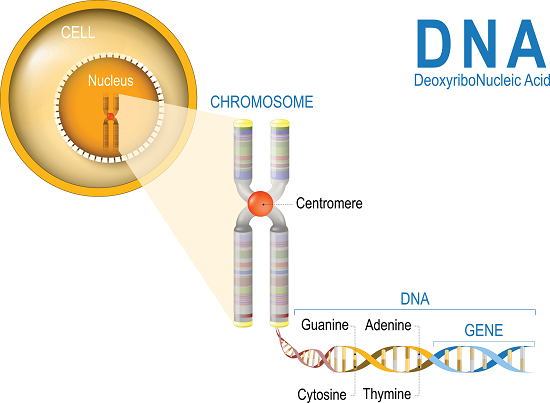Updated By: LatestGKGS Desk
Biology: History of Nucleus, DNA and RNA feature

Biology: History of Nucleus, Discovery, types and their function in cell membranes
The nucleus was first described by Robert Brown as a cell organelle until 1831. Later the material of the nucleus stained by the basic dyes was given the name chromatin by Flemming.
Interphase nucleus ( cell nucleus when it is not divided ) contains highly extended and elaborate nucleoprotein fibers called chromatin, nuclear matrix and one or more spherical bodies called nucleoli.
Electron microscopy has revealed that the nuclear envelope, which has two parallel membranes with a space between (10 to 50nm) called the perinuclear space, interferes between the substances contained in the nucleus and the cytoplasm. The outer membrane is usually persisted with the endoplasmic reticulum, and the ribosome is also bear on it
At a number of places, the nuclear envelope is interrupted by minute pore, which is formed by the fusion of its two membranes. These nuclear pores are the passage through which movement of RNA and protein occurs in both directions between the nucleus and the cytoplasm. Generally, there is only one nucleus per cell, variations in the number of nuclei are also often seen.


